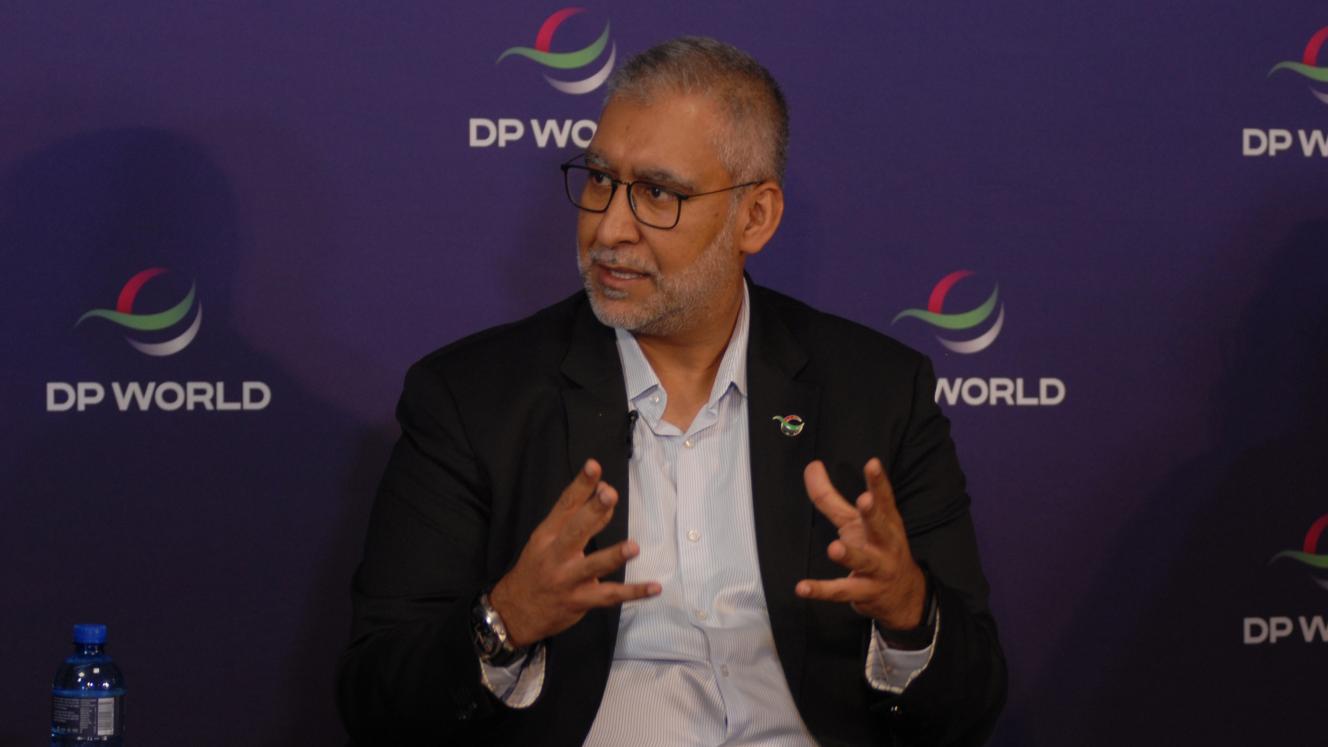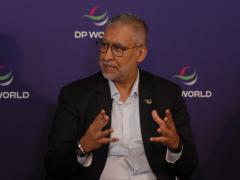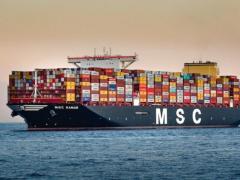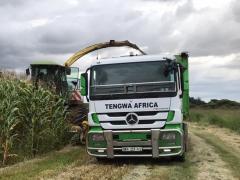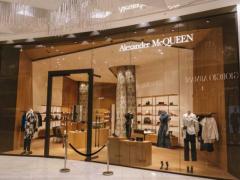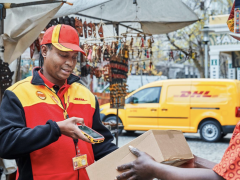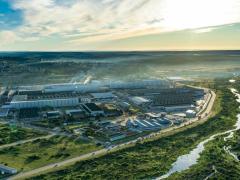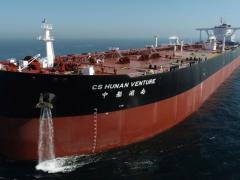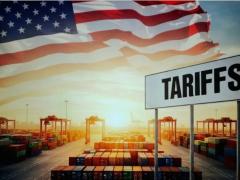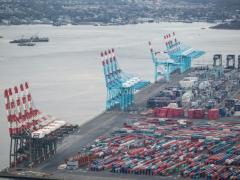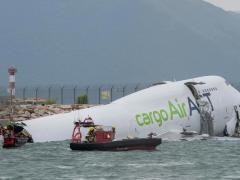Port and cross-border hinterland supply chain services that are already in place ought to be utilised by Southern African governments to speed up trade with the Copperbelt in Zambia and the Democratic Republic of the Congo. DP World’s sub-Sahara Africa chief executive and managing director, Mohammed Akoojee, said it didn’t make sense that there wasn’t pre-cleared borderless freight between countries like South Africa and Botswana, which are members of the Southern African Customs Union (SACU). That SACU was the oldest customs bloc in the world only served to illustrate how important it was for member countries to collaborate around optimising existing systems, said Akoojee in response to a question about nagging delays at Copperbelt borders like Groblersbrug and Martin’s Drift. “These are basic things,” he told a CNBC Africa discussion on The Role of Economic Zones as Catalysts for Regional Growth and Global Connectivity. And yet, currently it took DP World about 65 days to move freight in and out of the Copperbelt, he said. This needn’t be the case, considering that much cargo, when arriving at the port, has already been customs-cleared by the time it’s loaded on to a truck. Over-border hauliers generally agree that, no matter what pit-to-port route you use for the Copperbelt, a round trip shouldn’t take longer than two weeks. Real-time road freight monitoring of port-cleared cargo could also be used within a SACU context to address hold-ups at borders such as the N11 transit from South Africa into Botswana, said Akoojee. “We’ve got the technology, we just need countries to come together to help industry take complexity out of the system.” Instead, waiting times at most Copperbelt borders have become the norm. One exception is the Kazungula One-stop Border Post (OSBP) further north of Groblersbrug and Martin’s Drift. Recognised by the likes of Mike Fitzmaurice of the Transit Assistance Bureau as the most streamlined crossing on the Copperbelt route through Botswana, the Kazungula OSBP is regularly ‘too efficient’. The demand that this border’s professional systems place on the Groblersbrug-Martin’s Drift crossing down south has become a glaring issue that won’t go away. This is especially apparent because the Limpopo River transit did not keep pace with the upgrades at the Zambezi River crossing. To talk about harmonisation between two borders such as Kazungula and Groblersbrug-Martin’s Drift was pointless unless modernisation and upgrading were on the same OSBP standard, said Fitzmaurice. He added that, for the time being, the N11 transit was not so congested any more and trucks heading north to the Copperbelt waited only a day and a half on average. Recently, because of a spike in demand for sulphur on the mines in Zambia and the DRC, tankers and general cargo carriers waited four days or more to get from South Africa into Botswana.
Long-distance transporters, many of whom carried pre-cleared cargo, in many instances Hazchem, were forced to wait in line with non-compliant carriers in overflowing truck parks. Busi Mabuza, who chairs the board of the Industrial Development Corporation (IDC), told the CNBC panel that she agreed with Akoojee about the need for enhanced trade-facilitative collaboration from both the public and private sectors. Mabuza, who also heads up the B20 Trade & Investment Task Force in the run-up to next month’s G20 Summit in Sandton, said the urgency of addressing South Africa’s border issues would be fast-tracked with the necessary government stakeholders. She said she agreed that the Groblersbrug border should not remain a single-lane access way. Fitzmaurice has repeatedly reiterated that the South African government has displayed a staggering lack of urgency in respect of the N11 transit, excluding it from announcements by the Department of Public Works for planned infrastructural upgrades to six other land borders.
